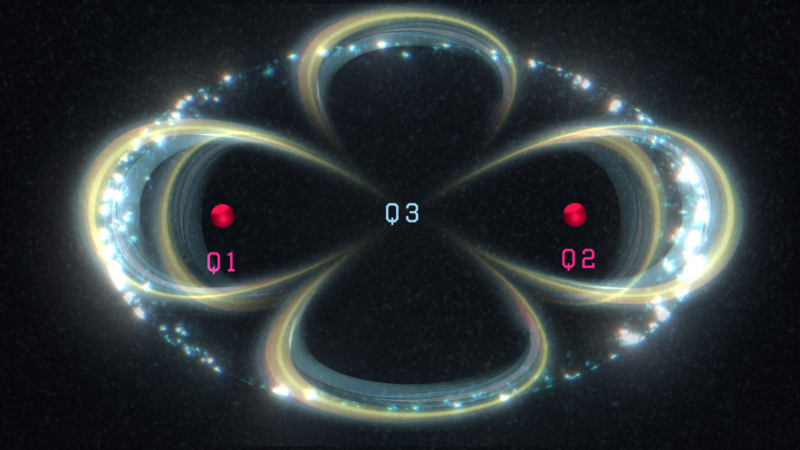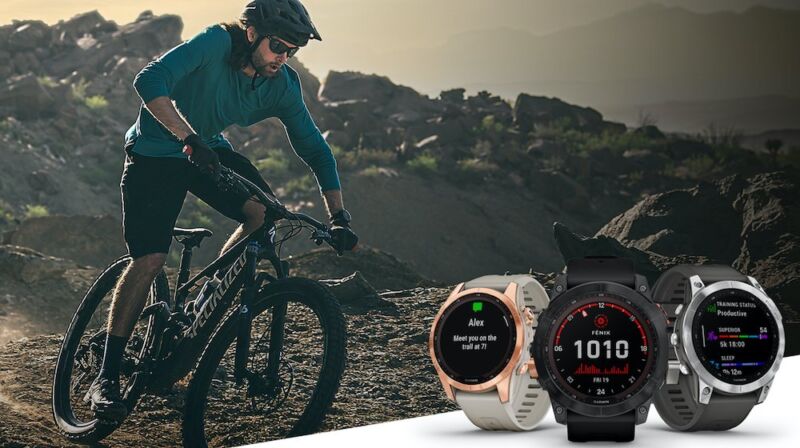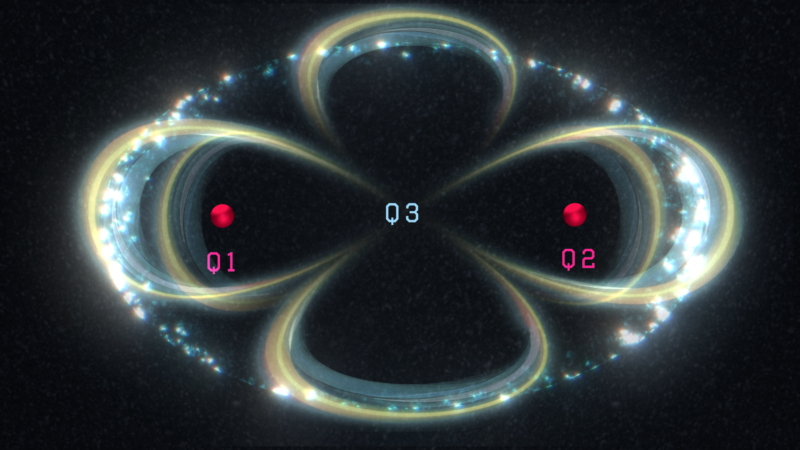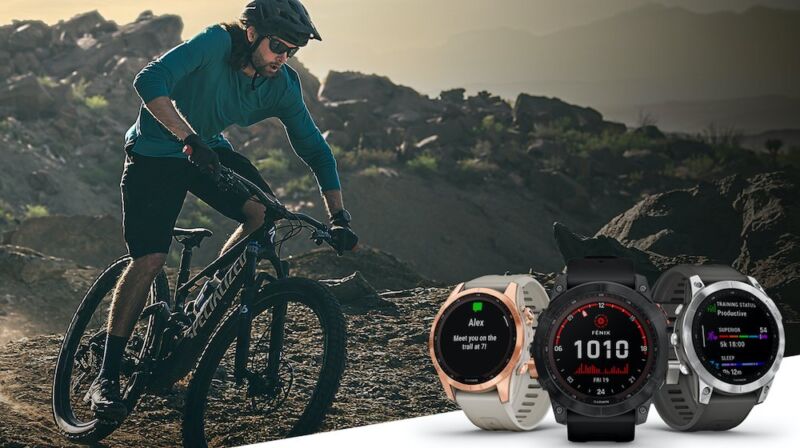How to Define Cloud Infrastructure with the AWS Cloud Development Kit
freeCodeCamp Just Got a Million Dollar Donation from an Alum to Build a Carbon-Neutral Web3 Curriculum
Donating a Million Dollars to freeCodeCamp to Develop a Free, Carbon-Neutral Web3 Curriculum
How to Become a Serverless Developer in 2022
Silicon-based qubits take a big leap forward

Enlarge / A representation of the two phosphorus nuclei (Q1 and Q2) with the electron (Q3) that helps mediate their interactions. (credit: Tony Melov / UNSW)
Over the last few years, the big question in quantum computing has shifted from “can we get this to work?” to “can we get this to scale?” It’s no longer news when an algorithm is run on a small quantum computer—we’ve done that with a number of different technologies. The big question now: When can we run a useful problem on quantum hardware that clearly outperforms a traditional computer?
For that, we still need more qubits. And to consistently outperform classical computers on complicated problems, we’ll need enough qubits to do error correction. That means thousands of qubits. So while there’s currently a clear technology leader in qubit count (superconducting qubits called transmons), there’s still a chance that some other technology will end up scaling better.
That possibility is what makes several results being published today interesting. While there are differences among the three results being announced, they all share one thing in common: high-quality qubits produced in silicon. After all, if there’s anything we know how to scale, it’s silicon-based technologies.
Garmin’s new Fenix 7 maximizes solar power and finally adds a touchscreen

Enlarge (credit: Garmin)
Garmin has released two new high-end smartwatches, the Fenix 7 and Epix, less than two weeks after launching the Venus 2 Plus and Vivomove Sport at CES. The Fenix 7 is the latest iteration of the company’s robust, multi-sport flagship, while the Epix picks up the torch of a similarly high-end watch that hasn’t seen an update since its release in 2015. Both are aimed at the outdoor adventurer who treks far and wide.
That’s why all three sizes (42 mm, 47 mm, and 51 mm) of the Fenix 7 can be equipped with solar charging. The smallest and mid-sized variants (Fenix 7s and Fenix 7) make this feature a $100 premium add-on, while the largest (Fenix 7X) has the feature standard. That tacks on an extra nine days of battery (on top of 19 days without solar charging) in smartwatch mode, according to Garmin’s estimates.
The Fenix series has always been a more utilitarian, yet highly specced device. Garmin has only now added traditional smartwatch comforts, like a touchscreen, to accompany the Fenix line’s button-based navigation. Tracking features like marathon performance prediction, trail ascent and descent evaluation, and downloadable maps for trails and courses have long set the Fenix apart from traditional smartwatches, though.
The Bentley Flying Spur Hybrid proves electric motors improve the breed

Enlarge / Bentley’s Flying Spur sedan is now available as a plug-in hybrid. (credit: Jonathan Gitlin)
Over the last few years, I’ve been fortunate enough to drive many different vehicles, and one thing has become abundantly clear: electric motors make cars better. They’re highly efficient, and they can recapture energy that would otherwise be wasted under braking. They make massive amounts of torque almost instantly and respond in a fraction of the time it takes an internal combustion engine to take a deep breath. And they do all that in near-silence, which makes them ideally suited to applications in luxury cars.
And cars don’t get much more luxurious than Bentley’s new Flying Spur Hybrid.

The Flying Spur Hybrid is a big car, but it’s a relatively low-drag one as well. (credit: Jonathan Gitlin)
This new plug-in hybrid is Bentley’s second PHEV and follows the hybrid version of its Bentayga SUV ahead of the introduction of the brand’s first battery EV in 2025. As in the SUV, a 2.9L V6 gasoline engine sits under the expansive hood, generating 410 hp (306 kW) and 406 lb-ft (550 Nm).
Autonomous battery-powered rail cars could steal shipments from truckers

Enlarge / Two Parallel Systems rail vehicles transport a container down a test track in Southern California. (credit: Parallel Systems)
For the last 200 years, freight trains haven’t changed much; massive locomotives still move relatively dumb freight cars. Certainly, rail fans could argue that plenty has changed—they’re not wrong!—but from a distance, trains work pretty much the same today as they did in the 1800s.
That may change, though, if three former SpaceX engineers have placed their bets properly. Today, their startup, Parallel Systems, has emerged from stealth mode with a prototype vehicle that promises to bring advances in autonomy and battery technology to the relatively staid world of freight railroads. In the process, they hope to not just electrify existing routes but also bring freight rail service to places that don’t have it today.
Whether their bet pays off will hinge on whether freight railroads and their customers will buy into a new way of operating. Parallel Systems isn’t just taking an existing freight train and swapping its diesel-electric locomotive for a battery version. Instead, it’s taking the traction motors and distributing them to every car on the train. It’s how many electric passenger trains operate, but it’s a system that has been slow to migrate to the freight world.
Report: 92% of IT decision-makers think process automation is ‘vital’

IT decision-makers support investing in process-related tech and expect their orgs to prioritize applying automation across operations.Read More





